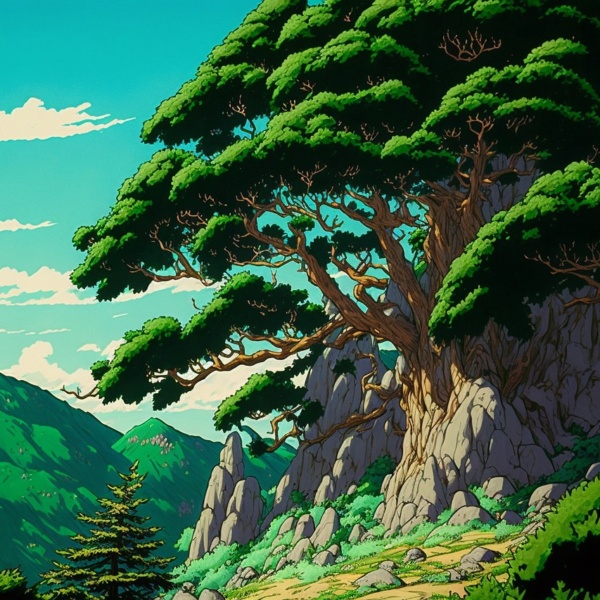
Hello, fellow cinephiles! I’m Emma, your cinematic tour guide, and today, we’re delving into the ever-evolving world of visual effects (VFX) in modern cinema. Buckle up because we’re taking a journey from the practical effects of yesteryears to the mind-bending CGI spectacles of today.
The Practical Beginnings

Ah, the good ol’ days of cinema when special effects meant getting creative with limited resources. In the early 20th century, filmmakers like Georges Méliès were pioneering the art of practical effects. Méliès wowed audiences with tricks like stop-motion animation, double exposures, and meticulously hand-painted frames in classics such as “A Trip to the Moon” (1902).
But perhaps the most iconic practical effect in cinematic history belongs to Alfred Hitchcock’s “Psycho” (1960). The infamous shower scene, with its rapid cuts and blood swirling down the drain, was achieved not with gallons of actual blood but by using chocolate syrup. Talk about a sweet twist on horror!
The Stop-Motion Marvels
Before CGI dominated the scene, stop-motion animation was the go-to technique for bringing fantastical creatures to life. Ray Harryhausen, the stop-motion maestro, gave us unforgettable creatures in films like “Clash of the Titans” (1981) and “Jason and the Argonauts” (1963). His painstaking work laid the foundation for modern creature-feature blockbusters.
The Explosive Era of Practical Explosions
Who could forget the glorious practical explosions of the ’80s and ’90s? Filmmakers went all out, blowing up cars, buildings, and everything in between. One of the most iconic explosions in cinematic history is from “Independence Day” (1996). The White House obliteration scene, achieved with a scale model and pyrotechnics, left audiences in awe.
Enter CGI: A Brave New World

In the ’90s, the rise of computer-generated imagery (CGI) began to transform the landscape of cinema. Films like “Jurassic Park” (1993) and “Terminator 2: Judgment Day” (1991) showed us the incredible potential of CGI to create lifelike creatures and mind-blowing action sequences.
Remember the scene in “Jurassic Park” where the T. rex escapes its enclosure? That breathtaking moment was brought to life using a combination of animatronics and CGI, giving us our first glimpse of a truly convincing digital creature.
A Whole New (Virtual) World
As CGI continued to evolve, filmmakers started using it to create entire virtual worlds. “The Matrix” (1999) took us down the rabbit hole with its groundbreaking “bullet time” sequences and visually stunning digital landscapes. Suddenly, we were no longer limited to what was physically possible; we could explore the boundless realms of imagination.
The Motion-Capture Marvels
The 21st century brought us motion-capture technology, which allowed actors to embody digital characters like never before. Andy Serkis, the king of motion capture, brought Gollum in “The Lord of the Rings” trilogy (2001-2003) and Caesar in the “Planet of the Apes” reboot series (2011-2017) to life with unparalleled realism.
It’s not just Serkis, though. Movies like “Avatar” (2009) transported us to the lush jungles of Pandora, where CGI characters and environments were seamlessly integrated with live-action footage. It was like stepping into a dream world.
The Marvel Cinematic Universe: A CGI Extravaganza
The Marvel Cinematic Universe (MCU) deserves a category of its own when it comes to CGI. From the high-flying action of “Iron Man” (2008) to the cosmic battles of “Guardians of the Galaxy” (2014), the MCU has redefined what’s possible with visual effects. It’s practically a visual effects playground for filmmakers.
Let’s not forget Thanos, the purple-hued titan who menaced our favorite superheroes in “Avengers: Infinity War” (2018) and “Avengers: Endgame” (2019). Josh Brolin’s motion-captured performance combined with cutting-edge CGI gave us a villain of epic proportions.
The De-Aging Magic
One of the most intriguing uses of CGI in recent years is de-aging technology. It allows actors to revisit their younger selves on screen. Martin Scorsese’s “The Irishman” (2019) employed de-aging to tell the story of a hitman over several decades, with Robert De Niro and Al Pacino looking decades younger.
The CGI-Enhanced Storytelling
While we often associate CGI with explosions and fantastical creatures, it’s also used to enhance storytelling in subtle ways. Take “The Revenant” (2015), for instance. The film’s breathtaking landscapes and seamless integration of CGI elements contributed to the immersive experience of the harsh wilderness.
Practical Effects vs. CGI: The Eternal Debate
As much as CGI has revolutionized the film industry, the debate between practical effects and CGI rages on. Filmmakers like Christopher Nolan and Quentin Tarantino champion practical effects, emphasizing the authenticity they bring to a film. Nolan’s “Dunkirk” (2017) relied on practical effects to capture the intensity of World War II, making us feel like we were right there on the beach.
Conclusion: A Blend of Old and New
In the ever-evolving world of cinema, one thing is clear: visual effects have come a long way since the days of chocolate syrup showers and stop-motion creatures. CGI has opened up a world of limitless possibilities, allowing filmmakers to create stunning visuals and push the boundaries of storytelling.
However, practical effects still have their place in the industry, providing authenticity and a tactile quality that CGI can’t always replicate. The best filmmakers today often use a blend of both techniques to achieve their vision.
So, next time you watch a blockbuster or an indie gem, take a moment to appreciate the artistry and innovation behind the visual effects. From practical explosions to CGI wonders, they’re all part of the magic that makes cinema such a thrilling and visually stunning medium. Happy watching, fellow movie lovers!


